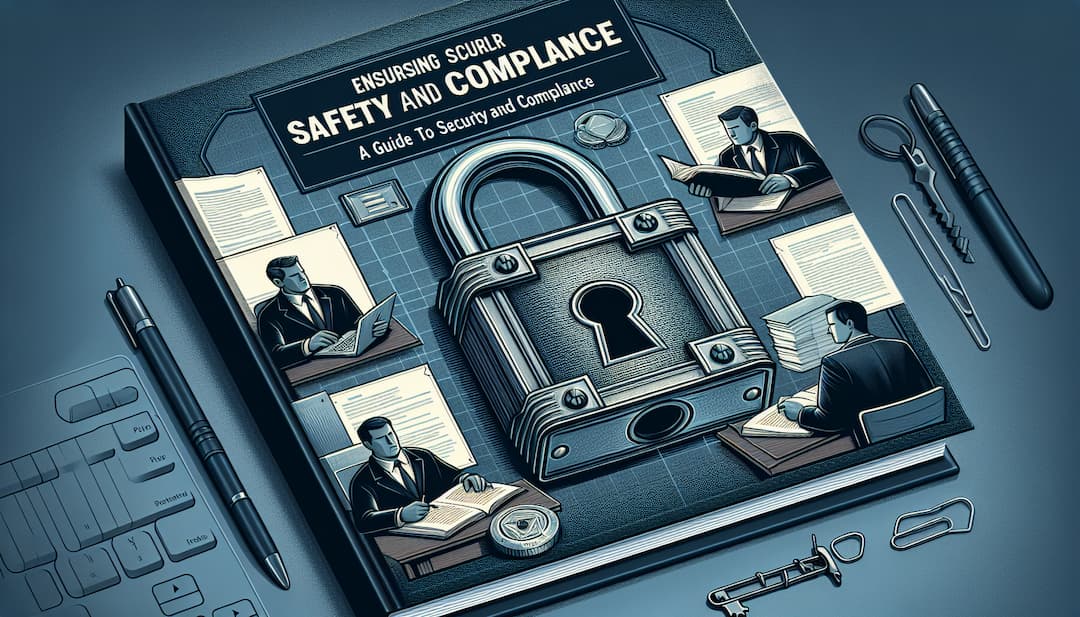Ensuring Safety and Privacy: A Guide to Security and Compliance
Understanding the Importance of Security and Privacy
As our reliance on digital technology grows, so does the importance of robust security measures and privacy practices. From personal data protection to safeguarding business secrets and complying with regulatory standards, a comprehensive approach to security and compliance is crucial for maintaining trust and integrity in the digital age.
Identifying Potential Risks and Threats
The first step in ensuring safety and privacy is to identify the potential risks that your organization faces. Common threats include cyberattacks such as hacking, phishing, and ransomware, as well as internal threats stemming from employee error or malicious intent. Regular risk assessments are essential for staying ahead of potential vulnerabilities.
Implementing Strong Security Protocols
Once threats are identified, robust security protocols should be put in place. This could include the use of encryption, two-factor authentication, and secure password policies. Additionally, network security measures should be employed, such as firewalls, anti-virus, and anti-malware software, alongside intrusion detection systems to monitor suspicious activity.
Ensuring Data Protection and Privacy
Protecting personal and sensitive data is vital in maintaining privacy. This involves not only technical solutions but also clear policies and procedures. Data encryption, access controls, and privacy-by-design principles are key factors in protecting data. Organizations should also be transparent with individuals about what data is collected and how it is used.
Staying Compliant with Regulatory Requirements
Compliance with laws and regulations such as GDPR, HIPAA, or CCPA is crucial to avoid legal penalties and reputational damage. Organizations must stay informed about applicable regulations, implement compliance strategies, and regularly audit their practices to ensure they meet the necessary requirements.
Training and Educating Staff
Employees can be the weakest link in any security strategy. As such, regular training is critical. Staff should be educated about security best practices, the importance of maintaining data privacy, and how to recognize and respond to potential threats.
Developing an Incident Response Plan
No security system is infallible. It's vital to have a robust incident response plan ready to quickly address any breaches that do occur. This plan should outline procedures for containment, eradication, and recovery, as well as clear communication strategies to inform stakeholders and authorities if necessary.
Performing Regular Audits and Updates
The security landscape is constantly evolving; so too must your security measures and policies. Regular audits can identify new vulnerabilities, and updates to software and systems are crucial in protecting against the latest threats. Continuous improvement should be the goal of any security strategy.
Conclusion: Building a Culture of Security Awareness
Ensuring safety and privacy is not a one-time task but an ongoing commitment. By developing a culture of security awareness and compliance, continuously monitoring for new risks, and adapting to the ever-changing digital environment, organizations can protect themselves, their customers, and their reputation in a world where security and privacy are of paramount concern.





